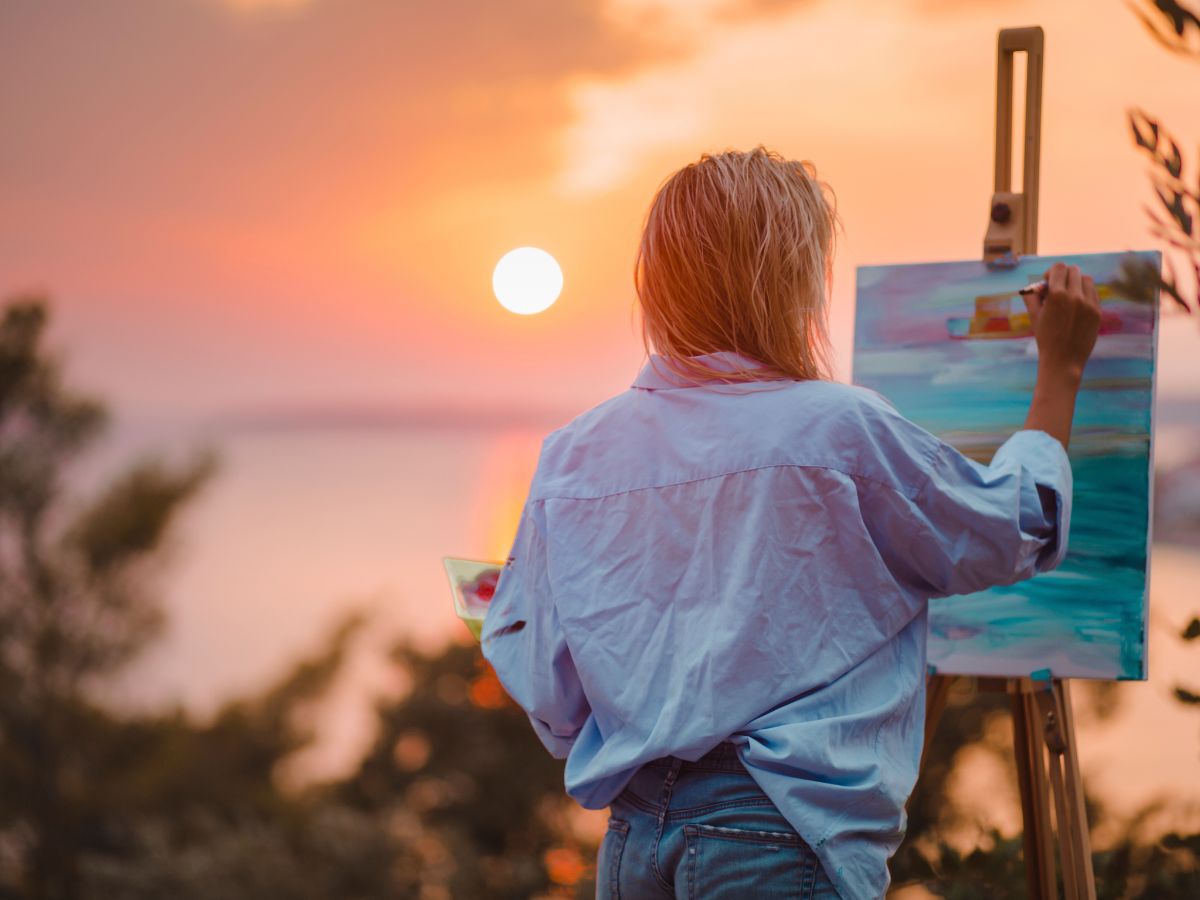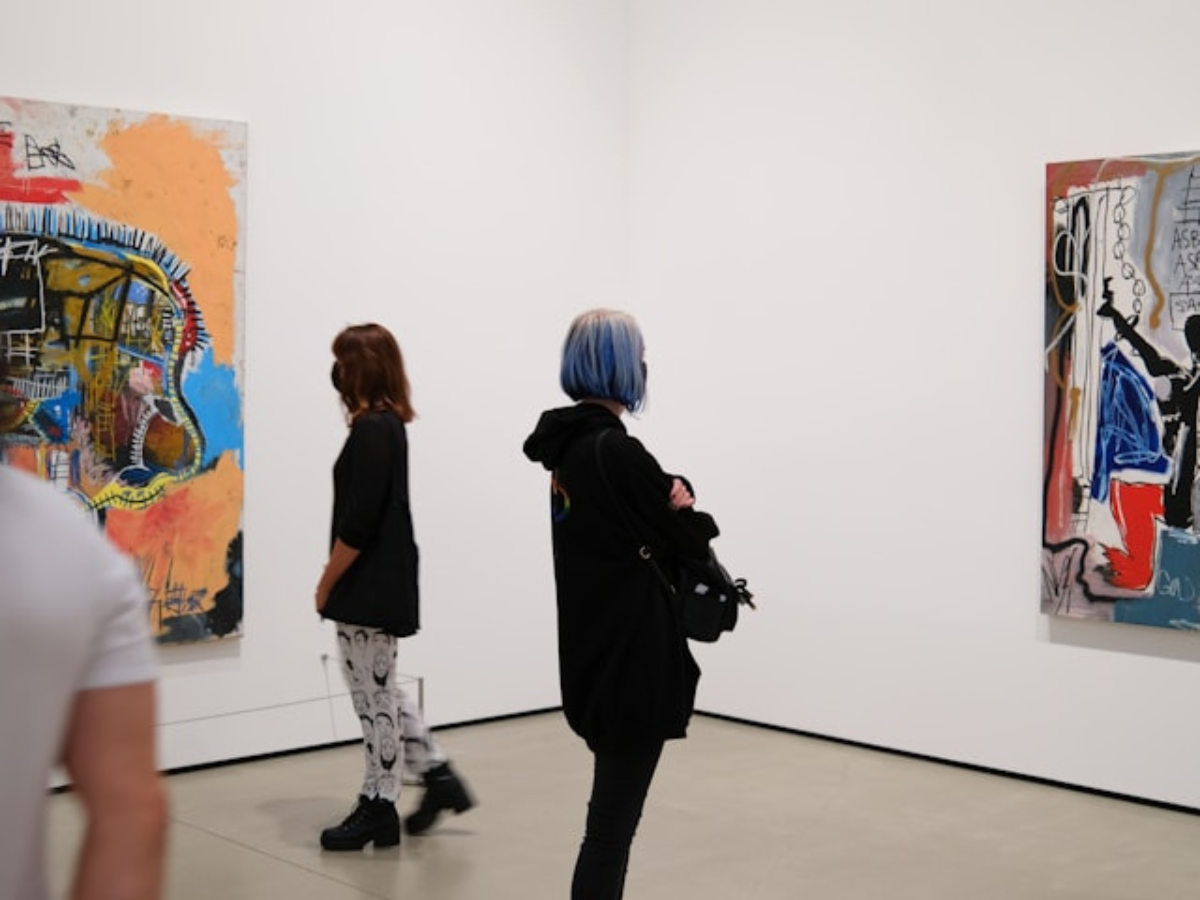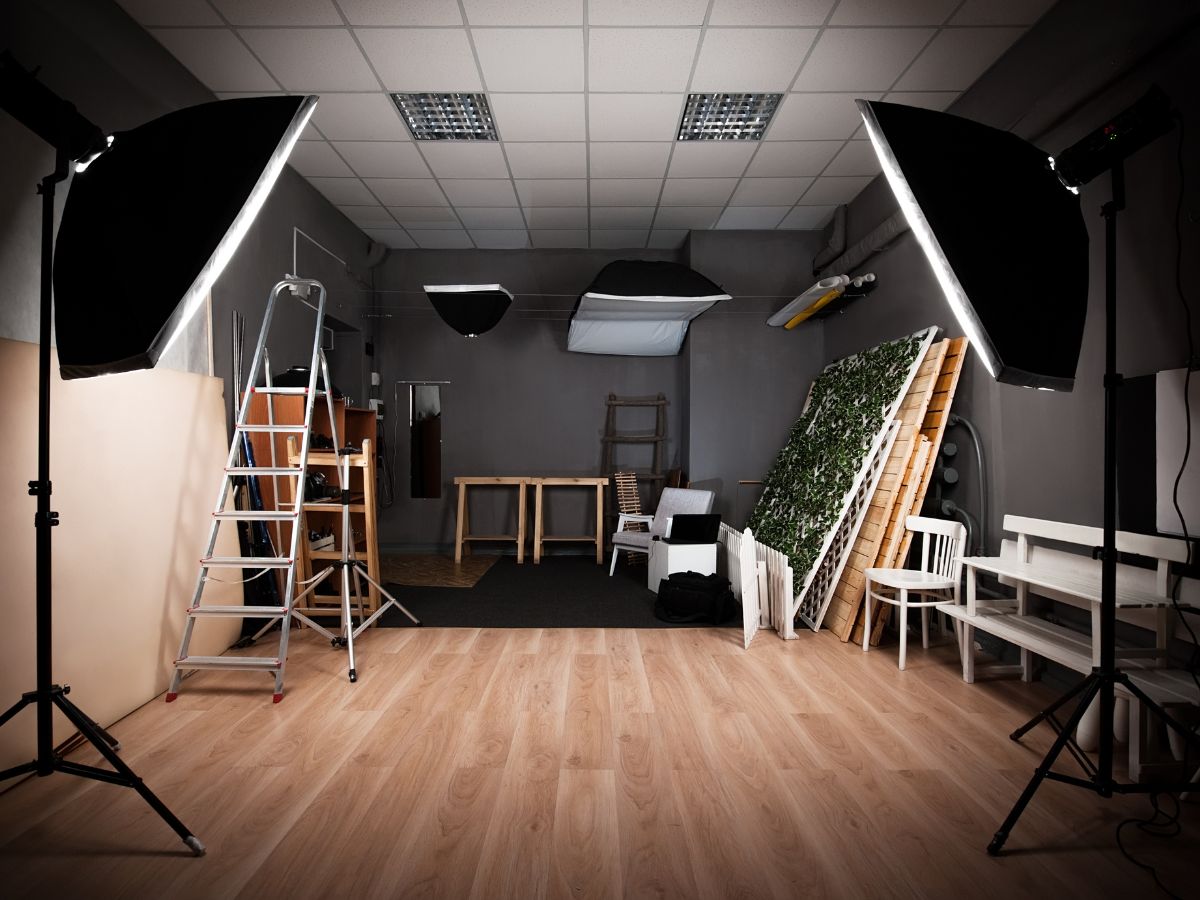
Teaching Opportunities for Artists: How to Offer Workshops and Tutorials
Painters, mixed media artists, and muralists often explore diverse techniques and materials, making them well-suited to teach others. By offering workshops and tutorials, you can diversify your income while fostering a community of creativity. Here’s how to establish yourself as an educator in this field:








